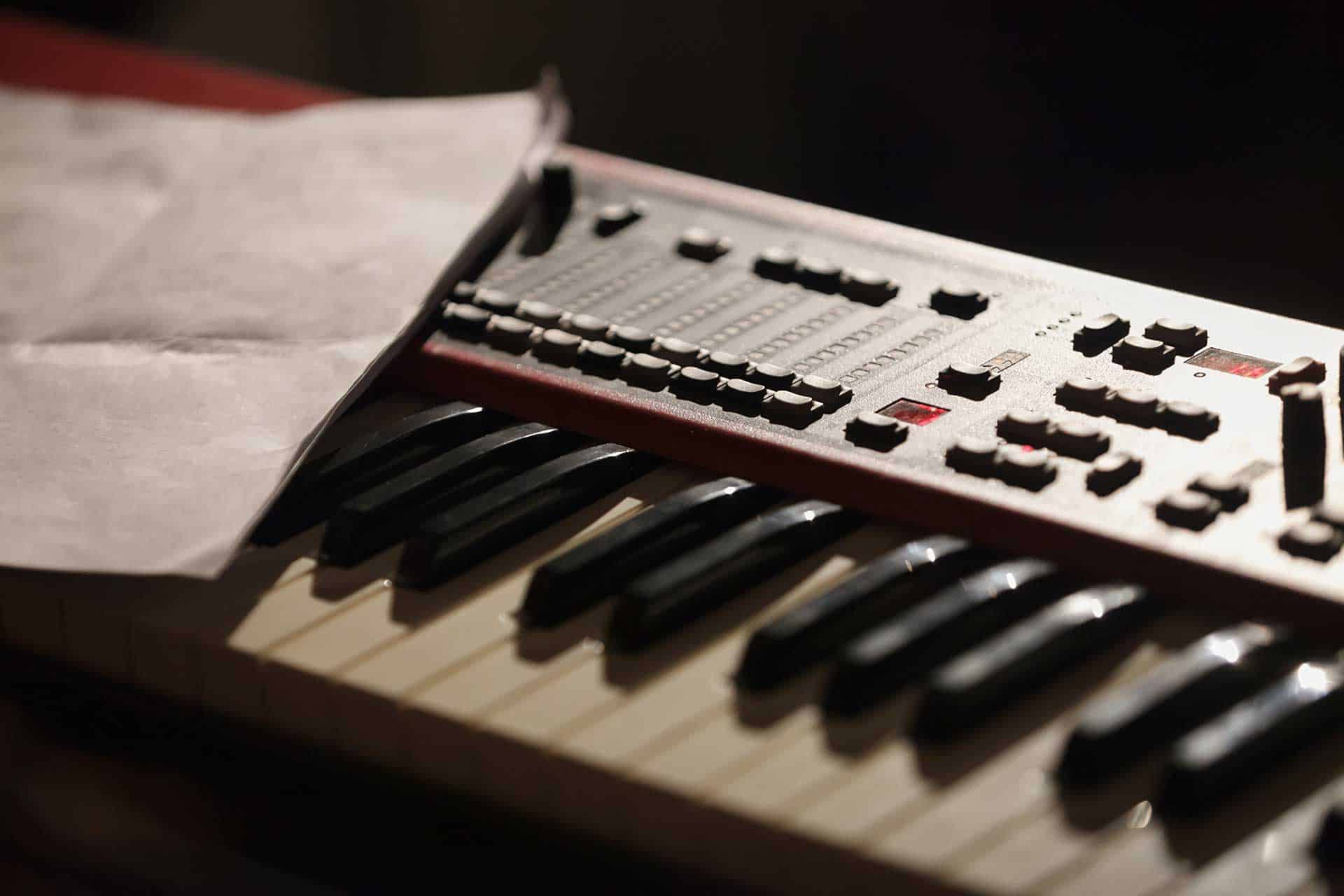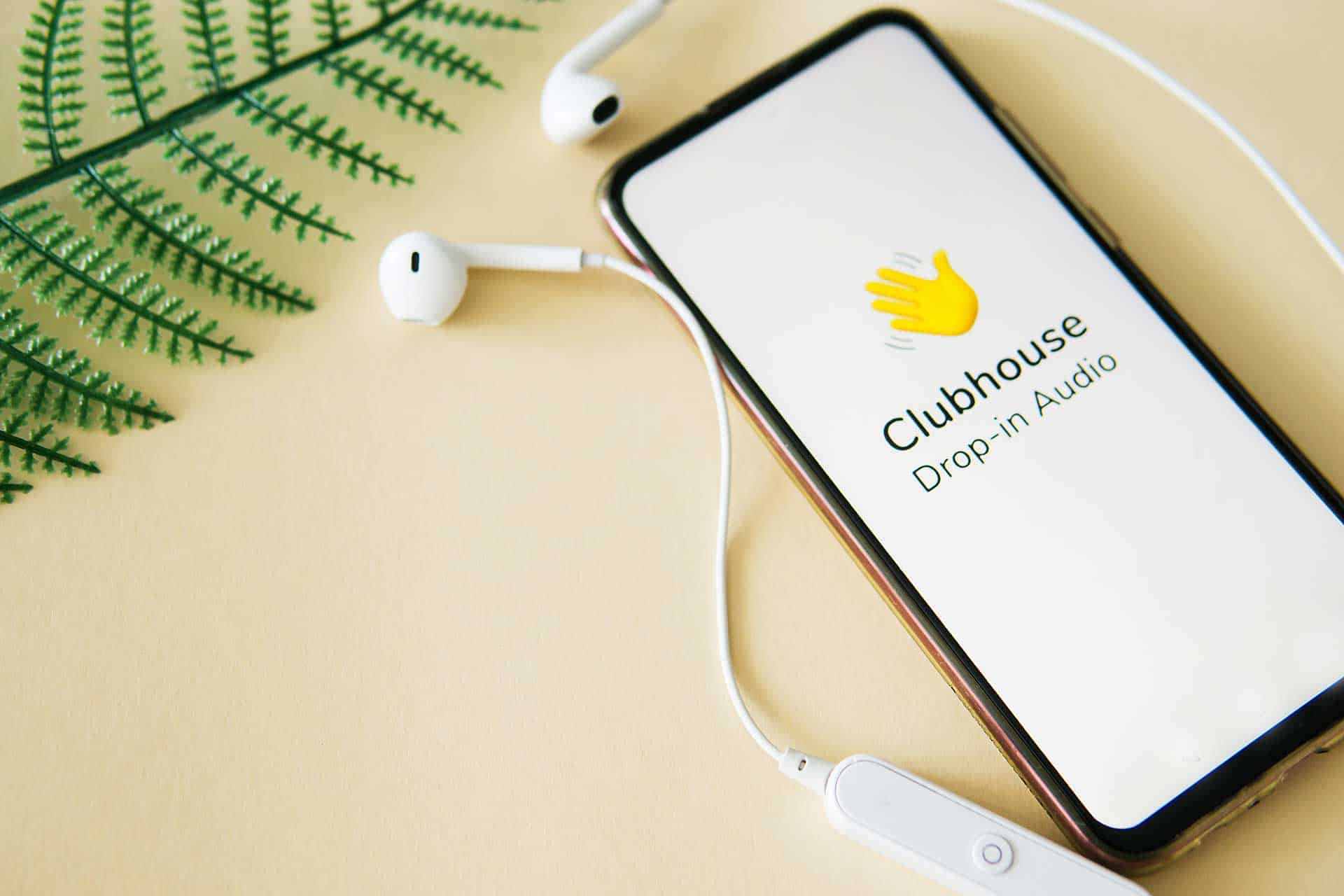Is Professional Graphic Design and Branding Important for Musicians?
Musicians arguably have a good starting point when it comes to branding. Their music is their unique contribution, meaning musicians often have a firm grasp of who they are.
But like anyone who sells products or services, musicians need strong branding to really make their mark on the industry. Therefore it’s vital for musicians to work on their branding, a large part of which is graphic design.
What is branding?
Branding is different to a brand. A brand is your company identity, summarized as the gut feeling customers have when presented with your product (in this case music).
Branding, on the other hand, is the process of shaping this brand in the minds of customers. If your brand is the result, branding the efforts you take to get there.
There are plenty of different methods you can use as part of the branding process, but not all of these are applicable to musicians.
Brand identity, defined as the name, tone, and visuals, is of course relevant, as is product packaging. In this case, product packing obviously refers to visuals on your albums and music releases.
Let’s look at an example of branding in music: Björk. Even those who aren’t fans of her music know her name and are probably aware of at least one song. Why? Because Björk has a powerful brand and knows how to handle branding.
Björk’s brand, in short, is Icelandic space princess. She’s “weird” and embraces that with every musical release. Her music is experimental, avant garde, and very niche, but it works.
Importantly, too, Björk’s branding changes with each album. She constantly reinvents her image, yet still manages to remain consistent and the dominant voice in her niche.
If you’re unfamiliar with her music, look up her albums in series: Debut, Post, Homogenic, and her more recent releases Volta and Biophilia. Seeing the massive differences between each album’s identity will help you to understand the power of branding for musicians.
Of course, this exercise is possible with almost any musician, although some have much stronger branding than others. That’s why Björk is a good example: her power for branding is very strong.
The cornerstone of branding: graphic design
But what does all of this boil down to for musicians? Simply put, good graphic design. Obviously your music is the product you’re selling, but like any business, it needs to be wrapped in sellable and unique packaging to really complete it.
Music is almost as visual as it is aural. Whether it’s album covers, music videos, or merch, songs are supported by visual elements.
These visual elements also help to strengthen a musician’s overall identity through association with powerful graphics that stand out from the crowd. At the most basic level, this will be a strong logo, but it goes much deeper than that.
Graphics play an important role in marketing, and using the same graphics across multiple platforms is the easiest way to create a coherent brand.
For musicians, these platforms include:
• Social media (Facebook, Instagram, etc.)
• Spotify and other streaming platforms
• YouTube
• Personal websites
• Album art
Of course, the list goes on, but the point is that your graphics should be adapted to the specific platform on which they’re being used.
It’s important to understand how each platform works in order to adapt graphics to suit. Here’s a brief rundown of the most important:
YouTube
Since its creation, YouTube has been an important platform for new artists trying to get their name out there. Look at Justin Bieber, for example, who was discovered on the site.
A YouTube channel gives plenty of opportunities to present your personal brand, from banner images and profile pictures to video thumbnails.
Visuals will help grab a potential viewer’s interest and tempt them into clicking on a video. After all, if they don’t know your music they’ll need something to hook them in.
Band/musician websites
A website is still the most useful central hub. It’s where you can collect and release information directly to fans, including news, music, tour dates, and merch.
As with any business, a website should be the end point of any marketing efforts.
Therefore, it’s important for it to stand out and really reflect your brand.
The good thing, you have ultimate control over a website’s visuals. Even a simple WordPress site can be transformed into a visual masterpiece with the right graphic design.
On a website, graphics will include your band logo, typography, color scheme, and so on. There’s a lot to think about on a website, so it’s worth getting right.
Album art
Although physical music releases have been on the decline, digital albums still need cover art.
Album covers are vital visual hooks for converting potential listeners into fans. It’s common for people to pick up an album based on its cover even before they know the music.
Graphic design for album covers presents a unique challenge. It’s important to get the branding right while also having complete freedom over how you achieve this.
Competition is fierce in the music industry, and one way to stand out is with incredible album artwork.
Marketing as a musician
The bottom line is that graphics should be marketable, and form an important part of the branding process.
Of course, they’re not the only part. It’s also necessary to have a clear brand strategy (how you plan to arrive at your end goal) in order to make best use of your branding efforts.
But good graphics mean strong branding. As a musician’s following grows, they have more opportunities to market themselves.
These strong graphics then have a wider reach and bring in more people. Over time the cycle repeats, each time with more success.
Getting graphic design right
As a musician, you might already have a strong idea of what image you want to portray.
But this doesn’t always translate into marketable materials that can be used across multiple platforms for best impact.
The best option is to hire a professional graphic designer, particularly one with marketing experience.
They will know how to translate your brand identity into a successful set of graphics and a relating branding process.
If this is something you need as a musician, contact Gee Productions. We are experienced graphic designers and marketers who know exactly how to sell your brand.
We’ll work with you to create your brand and related branding and brand strategy efforts. We can even take care of your website design and logo.


